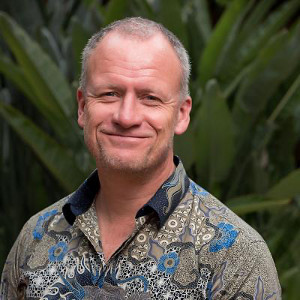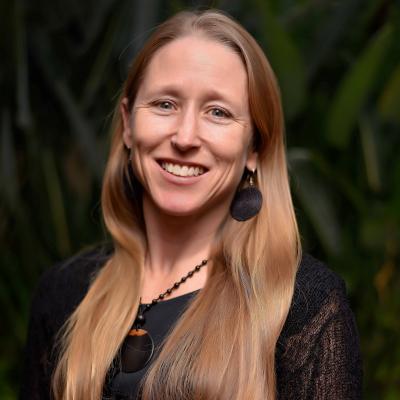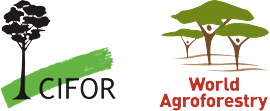Restoration of rangeland carbon sinks for increased community climate resilience and agricultural outcomes
Building a gender-inclusive interactive platform for monitoring and co-learning
Background
Rangelands in East Africa represent vast areas, providing livelihoods for millions of people and for a wide range of wildlife species. However, many of these rangelands are highly degraded and there is a need for restoration of the productivity of these ecosystems to ensure that they continue to provide critical ecosystem services. There are significant opportunities for increased carbon storage in rangelands as they have the potential to store significant amounts of soil organic carbon (SOC) if well managed, particularly given their spatial extent. In addition, restoration of degraded rangelands represents a critical pathway for conservation by reducing current pressures on protected areas due to land degradation and increased competition for resources. Healthy rangelands are important for local livelihoods by providing income from livestock as well as from tourism.
This project aims to provide a robust evidence base for sustainable management of rangeland health, informing management and monitoring by making this evidence available through user-friendly tools and platforms. This also includes dedicated capacity development modules targeted at women and youth. This enhances adaptive management of rangelands in the region, which is critical for climate change adaptation and mitigation. Through restoration of rangeland health and a diversification of livelihood options, poverty will be reduced, and local capacity is developed to improve rangeland health. Access to spatially explicit evidence on key indicators of rangeland health, including context-specific management options will be designed for each landscape, integrating both livestock and wildlife management and taking into consideration socio-economic context and gender dynamics.
Project members

Mary Crossland

Christine Magaju

Elisabeth Garner

Sabrina Trautman

Muhammad Nabi

Tor-Gunnar Vågen
Project locations
Kenya, Rwanda and UgandaBudget
USD 800,000Project duration
October 2022 – September 2027Project objectives
Addressing key knowledge and capacity gaps to enhance rangeland health monitoring.
Build capacity for soil & rangeland health monitoring, by implementing a gender-inclusive strategy.
Establish of a network of rangeland health learning and monitoring sites across East Africa
Assess soil organic carbon dynamics in rangelands across East Africa to inform adaptive management and enhance community resilience.
Building multistakeholder action for restoration of rangeland health for resilience, climate change and agricultural outcomes.
Project work packages

Work Package 1: Building a gender-inclusive community of practice in rangeland health monitoring

Work Package 2: Establishing of a Network of Rangeland Health Learning Sites across East Africa

Work Package 3: Assessing soil organic carbon dynamics in rangelands across East Africa to inform adaptive management and enhance community resilience

Work Package 4: Building multistakeholder action for restoration of rangeland health for resilience, climate change and agricultural outcomes
Outputs

Context specific indicator data and associated assessments/analysis using the Land Health Surveillance Framework (LDSF).

Mobile application for citizen data collection of interventions to restore degraded rangeland and monitoring of rangeland health.

Maps of multiple indicators of rangeland health at high spatial resolution.

Assessments of the biological activity in the soil.

Online and user-friendly decision in the project landscapes to be able to assess and interactively track changes in rangeland health.

Assessments of soil organic carbon (SOC) sequestration potential for each project landscape (report)
Project reports and outputs
Photo gallery

Photo credit: Kelvin Trautman

Photo credit: Samuel Makau

Photo credit: Samuel Makau

Photo credit: Samuel Makau

Photo credit: Samuel Makau

Photo credit: Kelvin Trautman

Photo credit: Samuel Makau

Photo credit: Samuel Makau

Photo credit: Samuel Makau

Photo credit: Samuel Makau

Photo credit: Samuel Makau

Photo credit: Kelvin Trautman

























